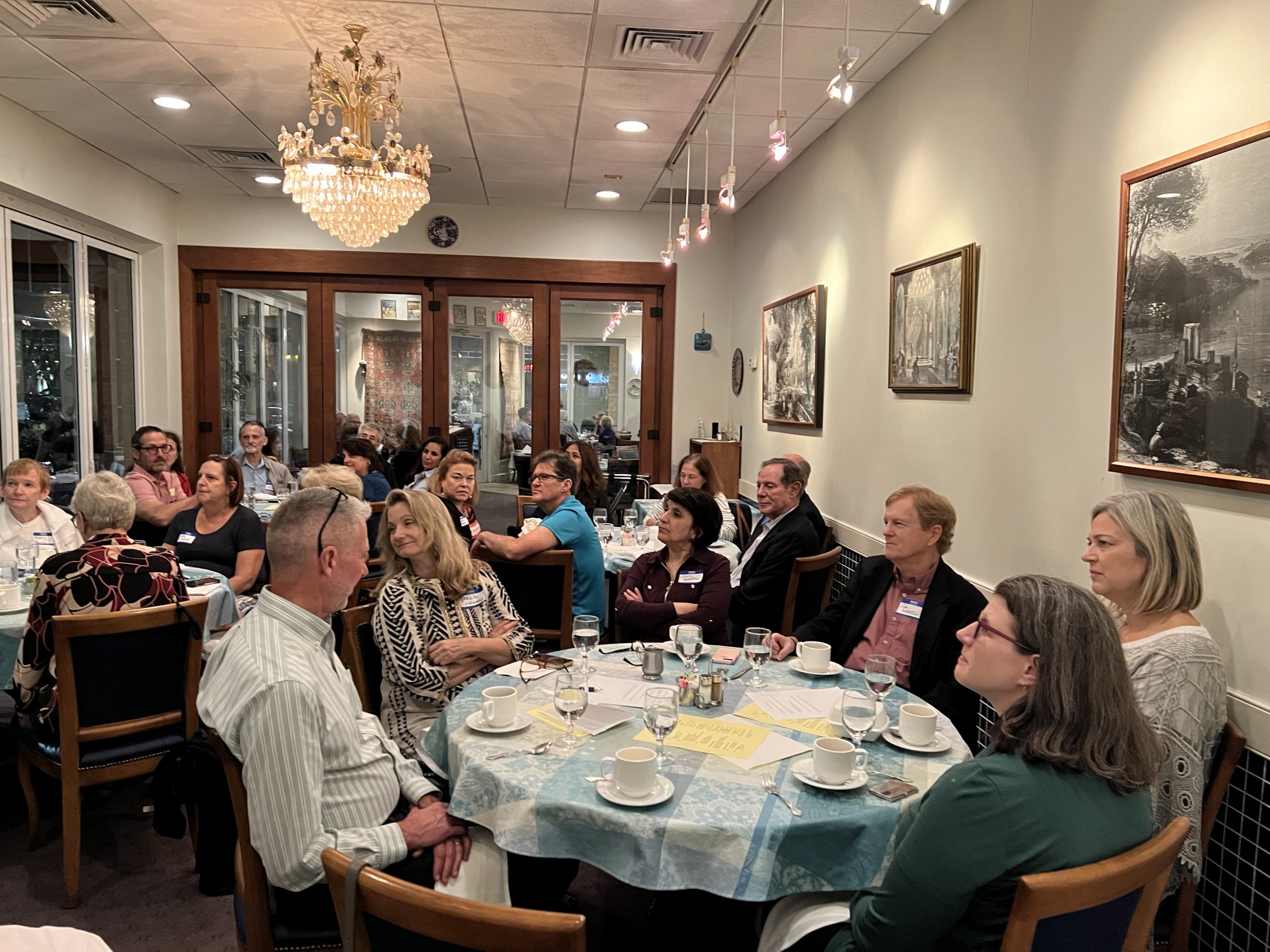
On the evening of October 2nd, 2023, the Tysons / McLean area witnessed a remarkable display of unity and interfaith dialogue as members of the Baha’i Faith and the Emmanuel Lutheran Church came together for a dinner meeting. This event, held at the heart of McLean, exemplified the power of faith and cooperation in fostering understanding and harmony among diverse religious communities.
The dinner meeting, which took place at a local restaurant, was a testament to the belief that in the face of differences, unity and mutual respect can prevail. The evening began with a warm welcome from both sides, with representatives expressing their eagerness to engage in open and meaningful dialogue. The Baha’i Faith, known for its principles of oneness and unity, and the Emmanuel Lutheran Church, rooted in the teachings of Martin Luther, came together with a shared purpose: to strengthen bonds, promote tolerance, and engage in dialogue.
One of the key highlights of the evening was the heartfelt discussions on the common values that bind these two Faiths. Participants explored their shared beliefs in compassion, service to others, and the importance of community building. These commonalities served as a foundation for a deeper understanding of one another’s Faith traditions.
Another poignant moment of the evening was when individuals from both Faiths shared personal experiences and expressed their regret for not having had the opportunity in the past to learn about one another’s Faiths. The Baha’i participants spoke about the centrality of unity in diversity and their commitment to global peace. The members of the Emmanuel Lutheran Church shared their dedication to living out their Faith through charitable acts and outreach in the community. Through these narratives, a strong bridge of understanding was built that went beyond theological differences and focused on the shared humanity that binds us all.
The dinner event provided an opportunity for participants to learn more about each other’s backgrounds and the profound commonalities that exists between the two Faiths.
As the evening concluded, it was evident that the dinner meeting had been a significant step towards fostering interfaith dialogue and mutual respect in the Tysons / McLean area. The participants left with a profound sense of gratitude for the opportunity to connect with people from different faith backgrounds. They also expressed their commitment to continuing the dialogue and expanding these interfaith gatherings in the future.
In an increasingly diverse and interconnected world, events like the dinner meeting between the members of the Baha’i Faith and the Emmanuel Lutheran Church play a crucial role in promoting harmony and understanding. By emphasizing the common values and shared humanity that bind us all, this event serves as a model for how different Faith communities can come together in the spirit of unity, love, and friendship.
The dinner meeting on October 2nd was a powerful testament to the potential for collaboration and mutual respect among diverse Faiths. It demonstrated that, no matter our differences, we can find common ground and build bridges of understanding that strengthen our communities (which is much needed now more than ever) and make the world a better place starting at the local community level.
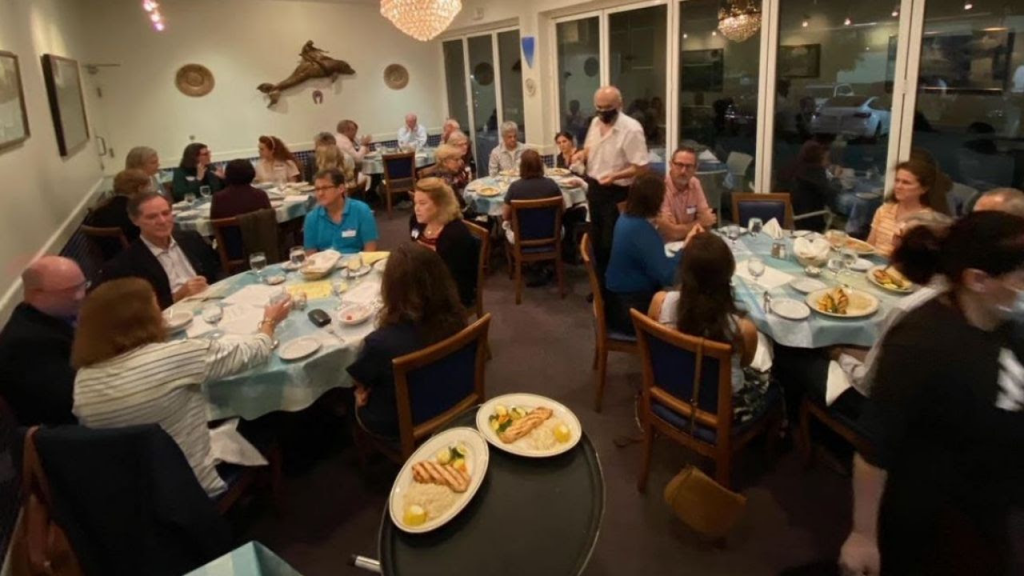
This blog post is the expressed opinion of its writer and does not necessarily reflect the views of Tysons Interfaith or its members.

On the evening of Friday, September 15, Jews begin a month of High Holy Days with Rosh Hashanah, the Jewish New Year. Rosh Hashanah is a celebratory day on which it is traditional to gather for festive meals, but it and Yom Kippur are also the two days of the year that draw the most Jews to attend synagogue services. The ten-day period beginning on Rosh Hashanah and ending on Yom Kippur are a time of renewal, reflection and repentance called the Days of Awe.
One of the important parts of the holiday ritual is the blowing of the Shofar, or ram’s horn. Leviticus 23:24-25 reads, “Speak to the Israelite people thus: In the seventh month, on the first day of the month, you shall observe complete rest, a sacred occasion commemorated with loud blasts” of the Shofar.
One part of the synagogue service all around the world on this day is dedicated to the blowing of the Shofar. The leader of the service, either Rabbi or Cantor will give the person blowing the Shofar a direction of what note to sound. There are four different calls. The first is Tekiah, a short blast that rises in pitch at the end. This is interpreted as the summons to prayer. Shevarim, the second call, consists of three short blasts that rise in pitch. It might be meant to suggest weeping, in regret for our transgressions. Third, Teruah, 3 triplets or 9 short, staccato blasts, is thought of as an alarm to wake us from our slumber. Finally, the last call is Tekiah Gedolah (literally, “big tekiah“), which is the Tekiah blast held as long as the Shofar blower has breath.
This part of the service is anticipated by worshippers of all ages, giving them a sense of community and belonging, a sense of the continuity of praying in the same manner as our ancestors have for thousands of years, and most importantly, symbolically waking us up to hold ourselves accountable for our actions and make the world a better place.

This blog post is the expressed opinion of its writer and does not necessarily reflect the views of Tysons Interfaith or its members.
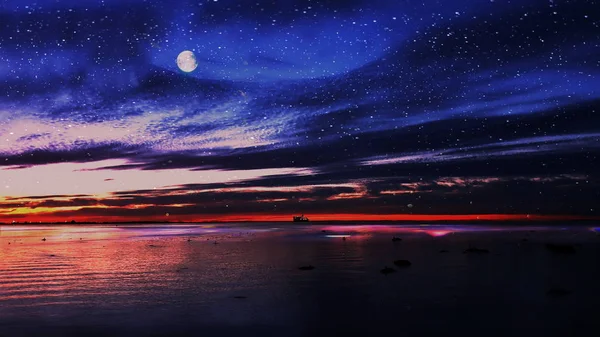
This week marks two holy days observed by our Jewish and Muslim friends and neighbors.
TISHA B’AV
Tisha B’av begins at sunset Wednesday, July 26 and is observed until sunset on Thursday, July 27. It occurs on the Ninth of Av on the Jewish calendar, which is the day of remembrance of the destruction of the Temples and other disasters in Jewish history.
During the course of the centuries, a number of tragedies have clustered around this day, from the expulsions of the Jews from England and Spain to more localized disasters. Tisha B’Av is therefore observed as a day of communal mourning, which is expressed through fasting and the abstention from pleasurable activities and extraneous diversions.
As with Yom Kippur, it is a solemn day and therefore it is inappropriate to say “Happy Tisha B’Av.”
However, there are some Hebrew words that might be helpful to know if you interact with Jewish friends and neighbors during this time:
Tisha B’Av (tee-SHAH b’AHV) or (TISH-ah Bahv) – The Ninth of Av, on which the destruction of the Temples and other disasters in Jewish history are remembered.
Av (AHV) – The eleventh month of the Jewish year.
Megillat Eicha (meh-gee-LAHT AY-khah) – the Scroll of Lamentations, is read on Tisha B’Av.
Tzom (TZOHM) – a fast. The fast for Tisha B’Av is from sunset to sunset. Those who keep the fast refrain from eating, drinking, sexual activity, anointing, wearing leather shoes, and studying Torah. It is similar to the fast for Yom Kippur. Just as on that day, children and people who are sick or pregnant should not fast.
Beit Hamikdash (BAYT ha-mik-DAHSH) – The Holy Temple. The first Temple was destroyed by the Babylonians in 586 BCE. The second was destroyed in 70 CE by the Romans.
The Kotel (KOH-tel) – The Western Wall, a retaining wall that is all that remains of the Second Temple. Jews do not refer to it as the “wailing wall,” but as the Western Wall or the Kotel.
ASHURA
The link below gives a detailed explanation of the Muslim Holy Day of Ashura, observed this Friday, July 28th and usually marked on the tenth day of the month of Muharram on the Islamic Calendar.
You will find it interesting to see the emphasis of the Sunni Muslims on the Exodus of the Israelites from Egypt and the Shia Muslims’ emphasis on the death of Imam Hussein.
middleeasteye.net/discover/what-is-ashura-how-do-shia-sunni-muslims-observe
Learning about the religion and observances of our Muslim brothers and sisters will inspire our gracious wishes towards them for a most meaningful Holy Ashura.
Muharram Quotes, Greetings and Messages
1. Wishing you a blessed Islamic year!
2. May this Islamic year find you in the best of faith and health.
3. May God allow you to enter this new year in faith and security.
4. May we be closer to God in this new Islamic year.
5. Hope you get everything you wish for in this new year.
I also found this beautiful greeting you can use and edit as you wish:
Have a blessed Muharram! On the auspicious day of Muharram, may Allah bless you with health, wealth, peace and happiness! Wishing you and your family a New Year full of peace, happiness, and abundance of all. May Allah bless you throughout the new year.
This blog post is the expressed opinion of its writer and does not necessarily reflect the views of Tysons Interfaith or its members.
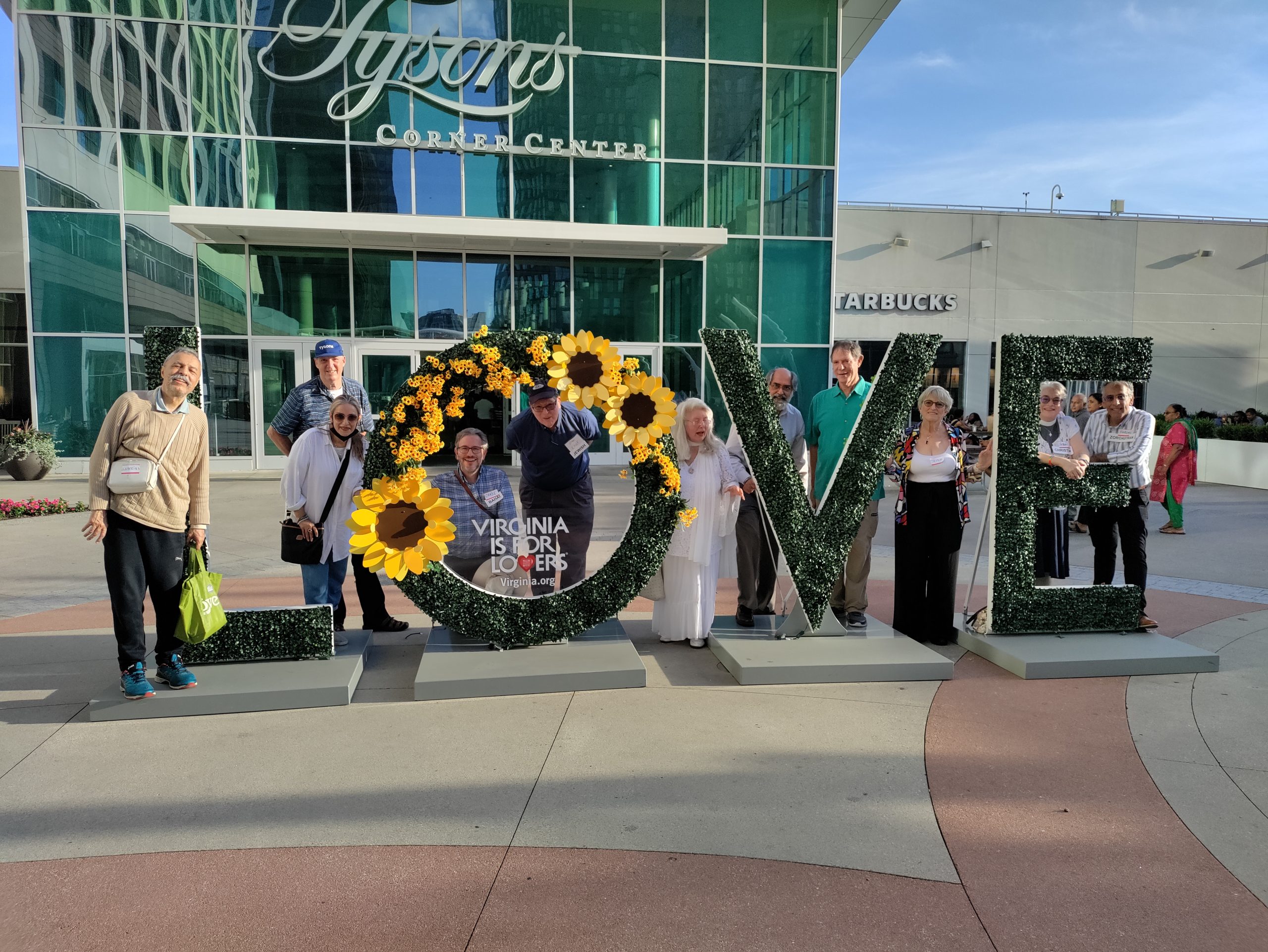
On June 25, Tysons Interfaith gathered representatives of the Sikh, Bahai, Zoroastrian, Jewish, and Christian faiths in a corner of The Plaza at Tysons Center Mall for an informal dialog. As the perhaps puzzled onlookers strolled by, our guests warmly shared their own religious story and key tenets of their faith.
Farzad Ardun (Zoroastrian) said his faith all comes down to “right thoughts, right words, and right actions,” an ethic the other participants enthusiastically shared. Chase Foster (Bahai) noted how all the great religions share some formulation of the Golden Rule. Pammi Sachdeva (Sikh) believed that people accept the religion that goes along with the culture that they are born into, often without a critical or deep appreciation, but that his faith had deepened and matured in surprising ways over the years. The Very Rev. Fran Gardner-Smith (St. Thomas Episcopal) described her journey through various Christian denominations until she found her home. Rabbi Chuck Feinberg stressed the importance of appreciating our differences, which is what gives interfaith work so much vitality.
While the sun was hot, the discussion was loving and respectful. Everyone appreciated learning more about traditions that were not their own and for a chance to meet new people and begin developing relationships with representatives of other faiths. Future exchanges might delve further into various formulations of the Golden Rule or how we can carry out the injunction to pursue good thoughts, good words, and good deeds.
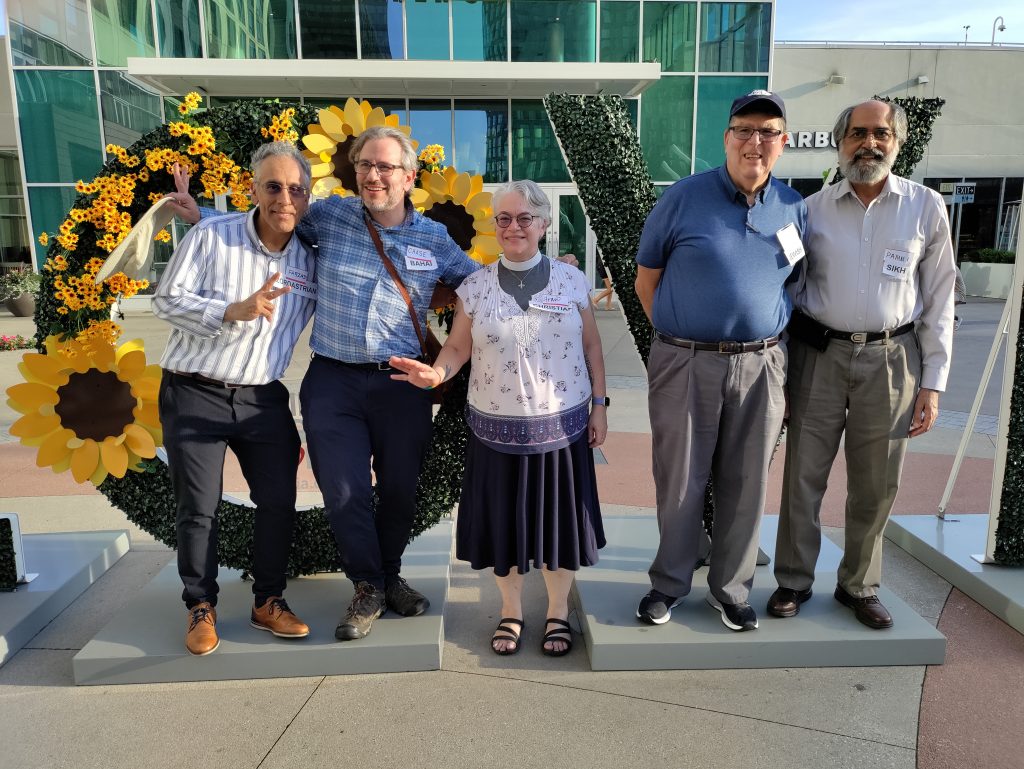
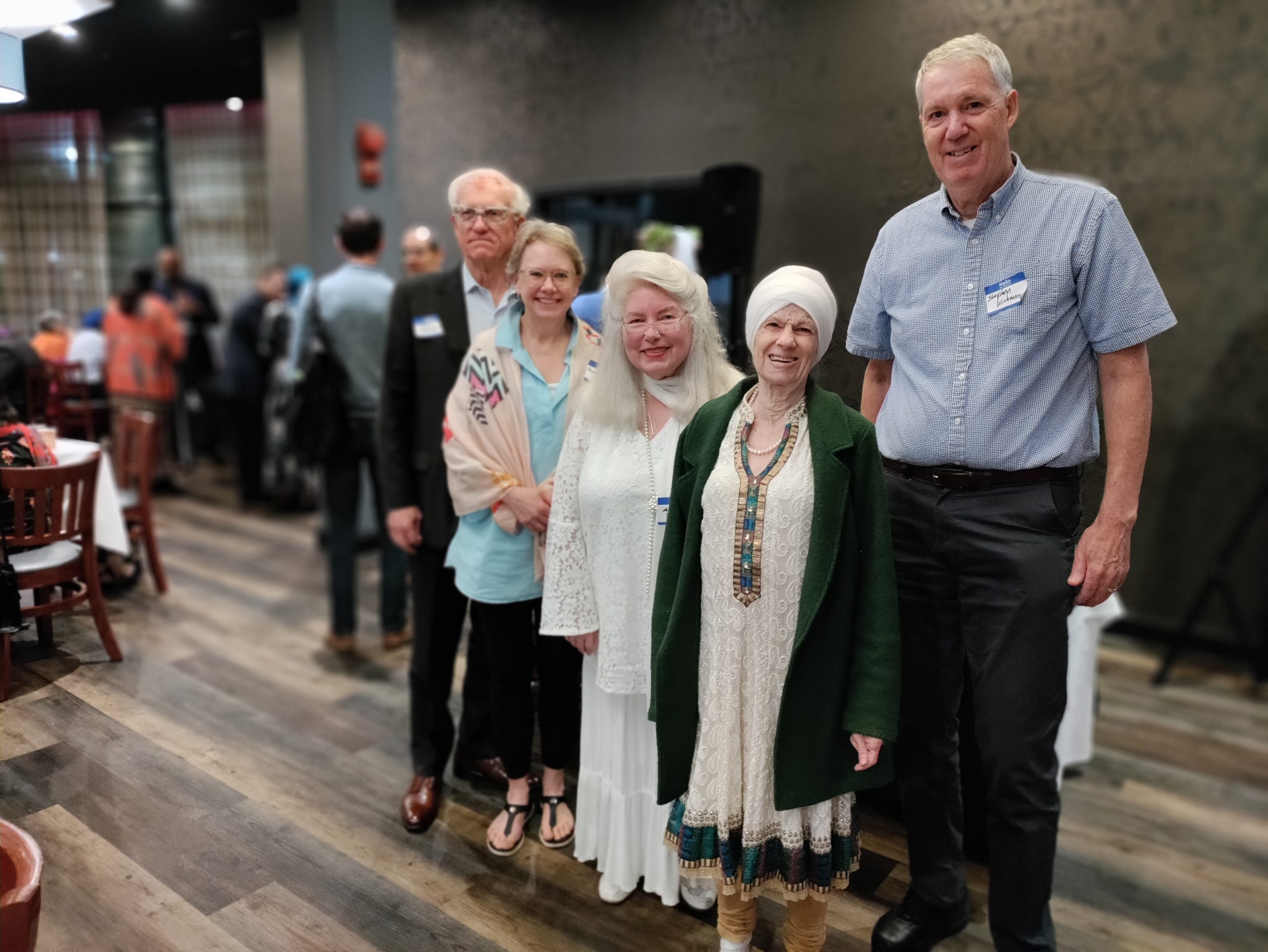
The holy month of Ramadan came to a close on April 21st.
During this period, our brothers and sisters in the northern Virginia Muslim community hosted several Interfaith Iftars. An Iftar is a meal taken at sundown to break the daily fast that occurs during Ramadan.
Our Muslim friends invited people of all faith traditions to join them for this special meal for fellowship and to learn more about Islam and the meaning of Ramadan. Interfaith Iftars were hosted by the Dar Al Hijrah Islamic Center, the American Turkish Friendship Society and by the McLean Islamic Center in conjunction with the Jewish Islamic Dialogue Society of Washington (JIDS). There may have been others, but these were the ones known to me.
I was honored to attend the Interfaith Iftar hosted by the McLean Islamic Center/Jewish Islamic Dialogue Society of Washington (JIDS). We heard a panel discussion led by member of the Muslim and Jewish communities, enjoyed conversing with people from different faith traditions, and dined on delicious food prepared by the Bombay Tandoor Restaurant.
Gatherings such as these remind me of why my participation with Tysons Interfaith is so meaningful in my life. What a privilege it is to learn more about how people of other faith traditions experience and worship God and to be in community with people who respect and honor the spiritual practices of their neighbors. Please consider joining us! tysonsinterfaith.org
The following photo was taken at the McLean Islamic Center/Jewish Islamic Dialogue Society Iftar on April 16, 2023. Representing Tysons Interfaith and their faith communities at the event (left to right): Bill Larson, Emmanuel Lutheran; Susan Posey, Redeemer Lutheran; Andra Baylus, the Meher Baba Spiritual Community; Adarsh Khalsa, the Sikh Community; and Stephen Wickman, St. Thomas Episcopal.
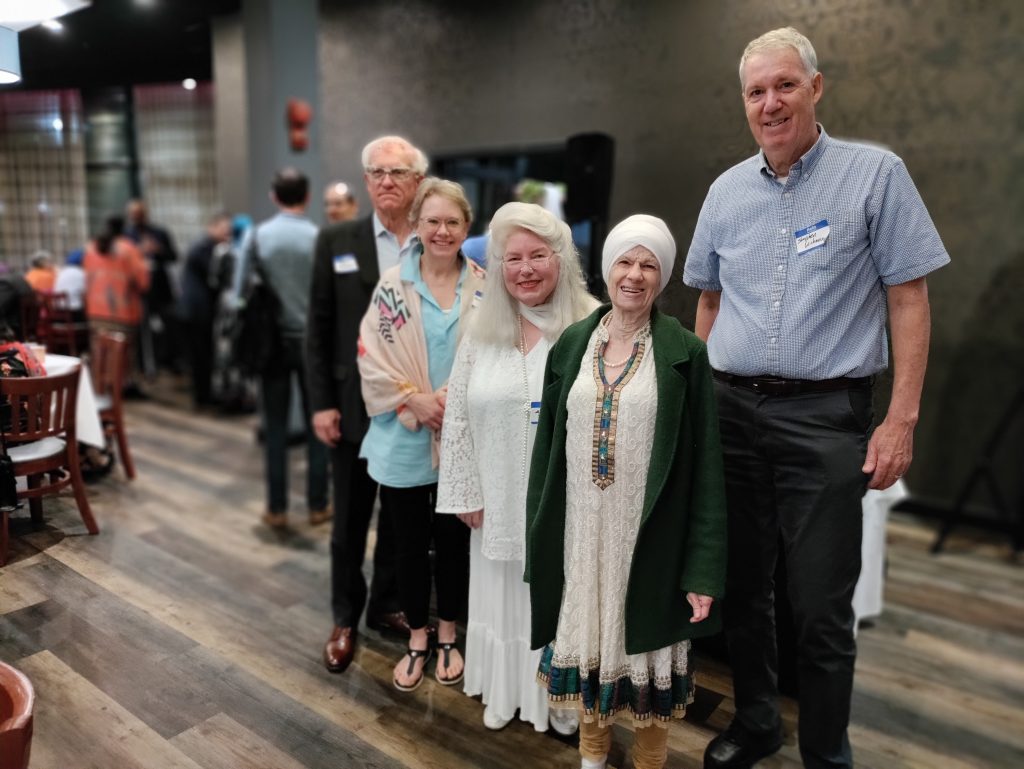
This blog post is the expressed opinion of its writer and does not necessarily reflect the views of Tysons Interfaith or its members.
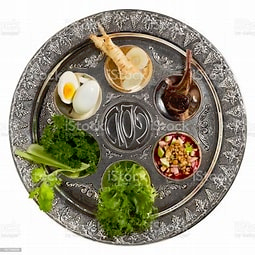
Tysons Interfaith is honored to present this blog post (with date revisions) first published in 2022:
The Jewish holiday of Passover occurs every spring, as surely as the daffodils bloom, and it is perhaps the most central in terms of Jewish life and history.
The holiday begins at sunset (as do all Jewish holidays) on the 15th of the Hebrew month of Nissan. Because the Hebrew calendar is based on a lunar system, with 28 days in a month, corrected 7 times in a 19-year cycle by adding a leap month, the holidays can only move on the Gregorian calendar from late March to late April, this year beginning on Wednesday, April 5th.
Passover celebrates the biblical account of the Israelites’ redemption and escape from 400 years of Egyptian slavery. The story is told in the Book of Exodus, but many only know of the parting of the Red Sea. The story unfolds with the Israelites as slaves and the long attempt to be set free. Even before this freedom happens, in Exodus 12:14 the Almighty is describing a holiday and how to celebrate it: “This day shall be to you one of remembrance: you shall celebrate it as a festival to the Eternal throughout the ages; you shall celebrate it as an institution for all time. 12:15 Seven days you shall eat unleavened bread; on the very first day you shall remove leavening from your house ….”.
The unleavened bread is Matzah and is central to the celebration of the holiday.
Passover is celebrated with a special meal called the Seder, where family and friends gather to read from the Haggadah which relates the story of Passover, the Israelites leaving Egypt and going from slavery to freedom. On the Seder table is a special plate which contains food, symbolic for the holiday. There you will find a roasted lamb shank bone symbolizing a sacrifice at the Temple in Jerusalem, a roasted egg, a sacrifice brought by the pilgrims, parsley symbolizing spring, Charoset (made from apples, nuts and wine) symbolizing the clay that was used by the slaves to make bricks for Pharaoh, horseradish symbolizing the bitterness of slavery and romaine lettuce, another bitter reminder. In addition to telling the story, there is singing, a bountiful meal and the warmth and closeness only family and friends can bring.
Sources:
https://reformjudaism.org/jewish-holidays/passover/passover-history
unitedwithisrael.org/the-foods-on-the-seder-plate-and-the-symbolism
The Torah, a Modern Commentary
Celebrating and Creating Traditions, Passover Recipes and Ideas
This blog post is the expressed opinion of its writer and does not necessarily reflect the views of Tysons Interfaith or its members.
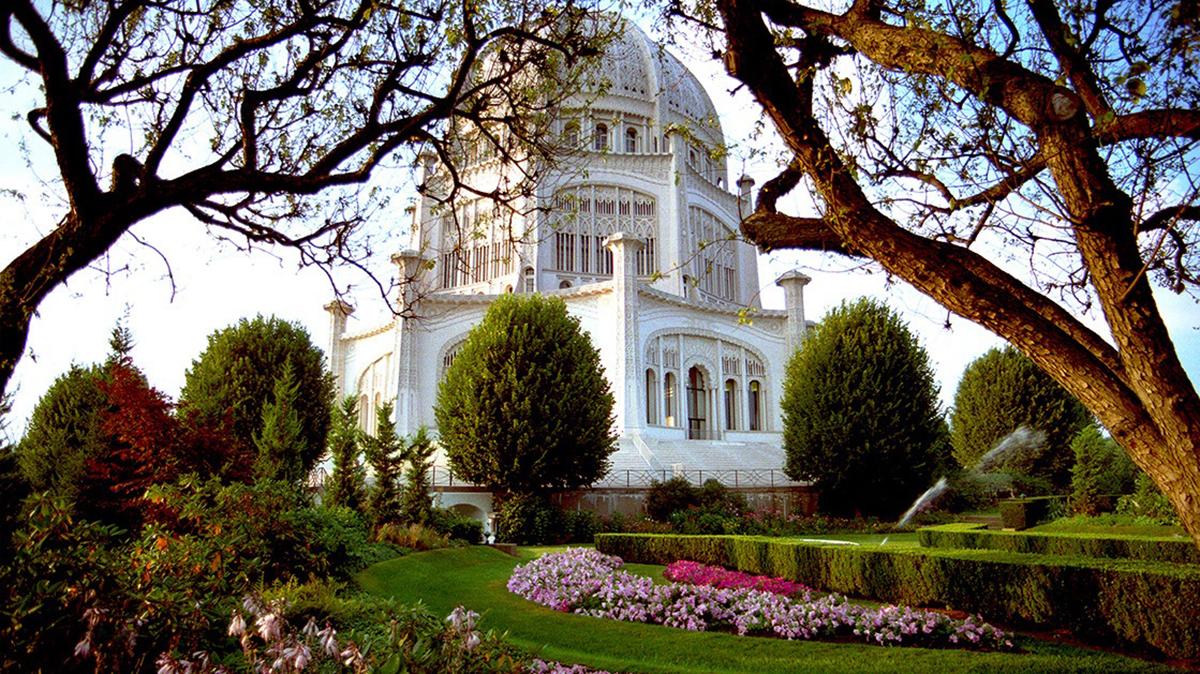
People of the Baha’i faith celebrated Naw-Ruz earlier this week. We hope you enjoy this repost discussing Baha’i spring observations:
Probably many people know that Easter and Passover occur in the spring, but spring is also a time of sacred observation for people of the Baha’i Faith.
March 20- 21 are the Baha’i Holy Days of Naw-Ruz, the Baha’i New Year. Naw-Ruz
coincides with the spring equinox and is an ancient Persian festival celebrating the “new day.” For Baha’is it marks the end of the annual nineteen-day fast and is one of the nine holy days of the year when work is suspended, and children are exempted from attending school.
Also in the spring is the Festival of Ridvan. This annual Baha’i festival commemorates the twelve days when Baha’u’llah, the founder of the Baha’i Faith, publicly proclaimed His mission as God’s messenger for this age. Elections for local, national, and international Baha’i institutions are generally held during the Festival of Ridvan. The first day (April 20 or 21), the ninth day (April 28 or 28), and the twelfth day (May 1 or 2) are celebrated as holy days when work is suspended, and children are exempted from attending school.
To learn more about the Baha’i Faith, please visit: www.bahai.org
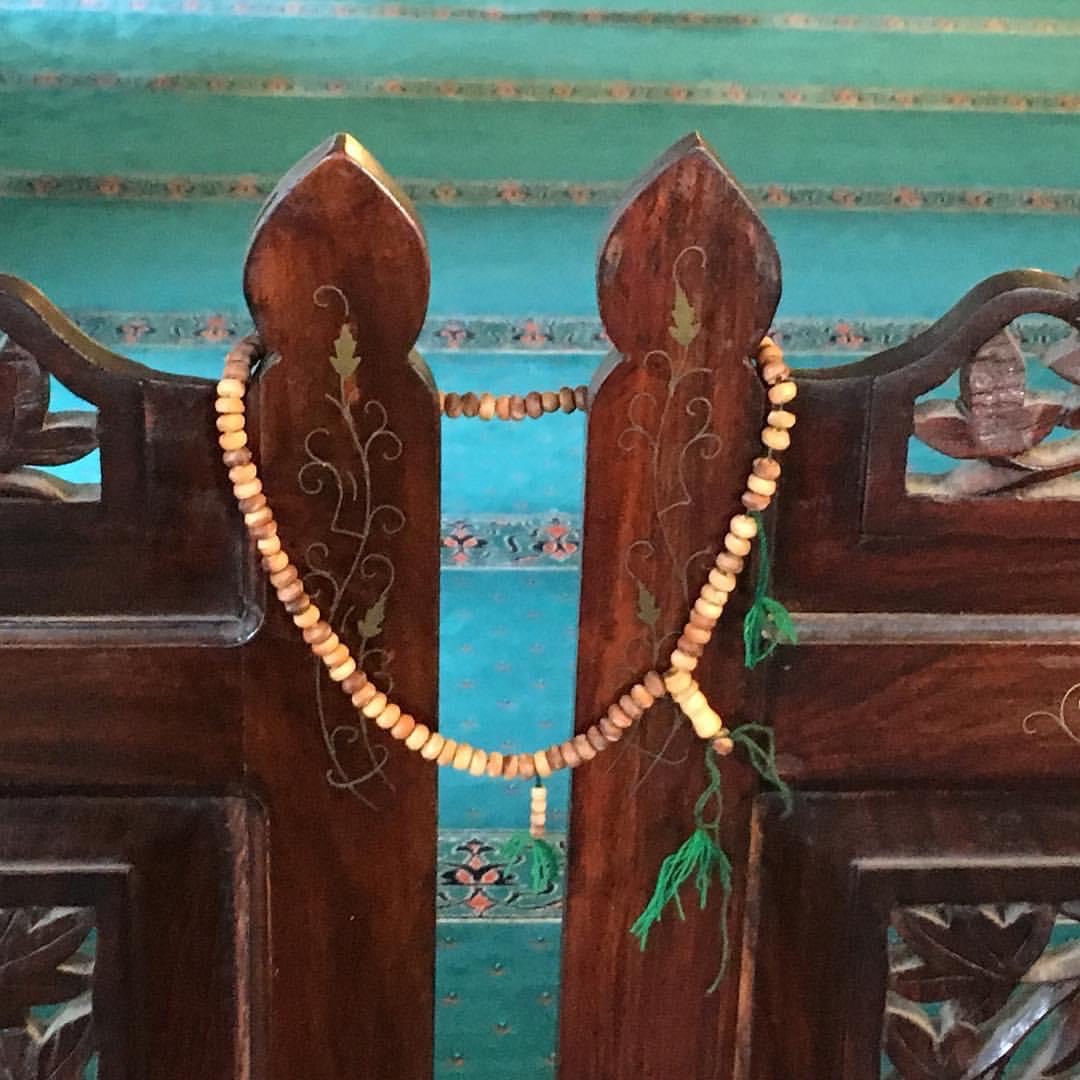
The holy month of Ramadan is expected to begin on Wednesday, March 22 at sunset.
To our brothers and sisters in the Muslim community, we say Ramadan Mubarak.
In honor of this special time, we are pleased to share with you this poem, written by Yerusalem Work of the Dar Al Hijrah Islamic Center:
Ramadan Rumination
Awakened
in an atmosphere of fear, hope, and love,
I seek refuge in a profound truth that
Allah pardons and protects those in need of
mercy and compassion,
kindness and the process of peace.
Humanity aligns with You when prostrate
on a prayer rug with niyah
and facing the qibla.
A perfect rain descends
and our hearts You mend.
May our prayers rise above
the fitnah of this world until
unity is a living dream
that we see as reality
and belief strengthens us
on a path He knows is best
that leads to Paradise –
nothing less.
May our worship be reserved for the One
who bleeds no blood,
but Whose words we hold in our hands
and recite according to His plan.
We thank You for the glorious Qur’an.
This blog post is the expressed opinion of its writer and does not necessarily reflect the views of Tysons Interfaith or its members. Photo credit to Yerusalem Work.
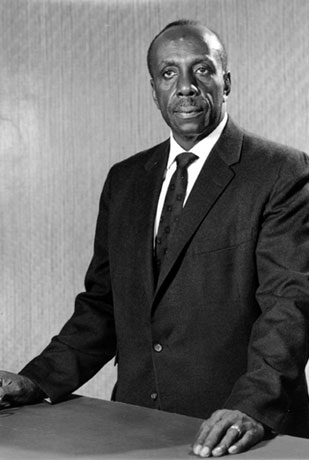
In recognition of Black History Month, I commend to you this prayer by Howard Thurman:
Lord, Lord, Open Unto Me
Open unto me, light for my darkness
Open unto me, courage for my fear
Open unto me, hope for my despair
Open unto me, peace for my turmoil
Open unto me, joy for my sorrow
Open unto me, strength for my weakness
Open unto me, wisdom for my confusion
Open unto me, forgiveness for my sins
Open unto me, tenderness for my toughness
Open unto me, love for my hates
Open unto me, Thy Self for myself
Lord, Lord, open unto me!
Thurman was born in 1899 and raised in the segregated South. He is recognized as one of the great spiritual leaders of the 20th century renowned for his reflections on humanity and our relationship with God. Thurman was a prolific author (writing at least 20 books); perhaps the most famous is Jesus and the Disinherited (1949), which deeply influenced Martin Luther King, Jr. and other leaders of the Civil Rights Movement. Thurman was the first black person to be a tenured Dean at a PWI (Boston U). He also cofounded the first interracially pastored, intercultural church in the US.
Source: https://www.xavier.edu/jesuitresource/online-resources/prayer-index/prayers-for-black-history-month1
This blog post is the expressed opinion of its writer and does not necessarily reflect the views of Tysons Interfaith or its members.
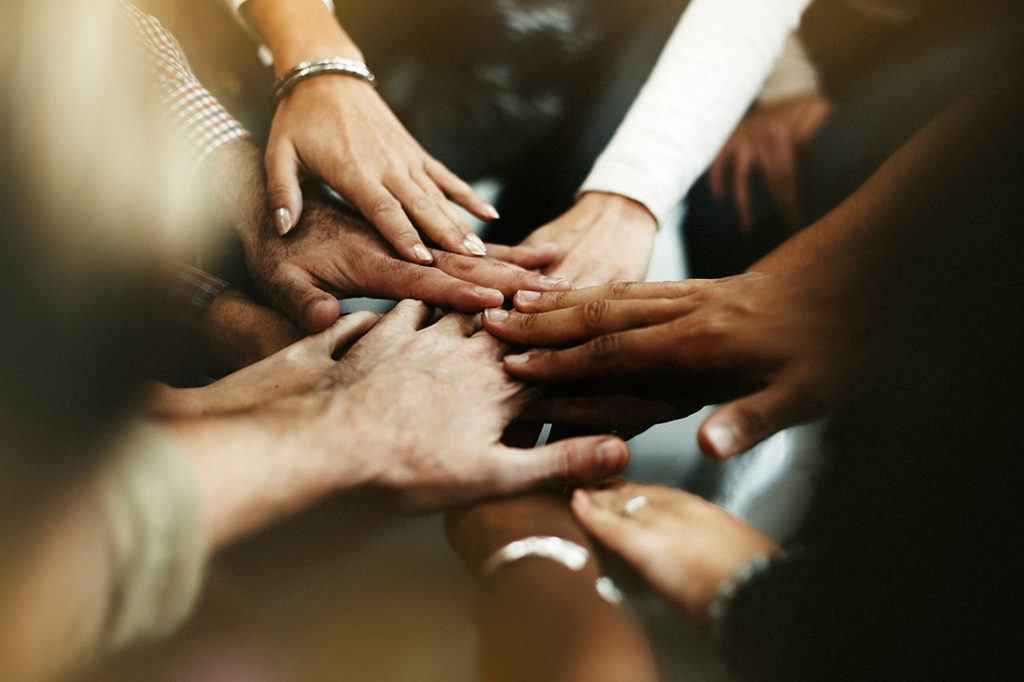
On Sunday, February 5, Tysons Interfaith will host a workshop entitled, “Reconnecting Post Pandemic.” We invite you to join us on Zoom for this event. (Details can found here.)
In the spirit of this event, we share with you these observations from Trish Hall of the Centers for Spiritual Living Metro.
It dawned on me recently that what I have been experiencing in the aftermath of the pandemic, was described in a story by Washington Irving. A few years ago, my life seemed to have some order to it. The pandemic hit. I felt like the letter-cubes being shaken in a Boggle cup. I accepted the role of the letters and made sense of my life within the confines of pandemic rules. Then the rules changed again. Like Rip Van Winkle, an amiable farmer who wandered into the Catskill Mountains where he came upon a group of dwarfs playing ninepins, I found myself in a different world among many unrecognizable people behaving in ways that were foreign to me. Rip accepted their offer of a drink of liquor and promptly fell asleep. I watched horrific scenes and appalling statistics on television, listened attentively to learn about medicines and sequestered. He awakened, 20 years later, as an old man with a long white beard; the dwarfs were nowhere in sight. Rip wandered into town and found everything was different.
I didn’t grow a long white beard. My slumber was only 2-3 years, but my disorientation was on par. Information (and misinformation) was coming from all directions. Schools and scheduling changed. Workplaces had been transformed. We learned, on a daily basis, which people, companies and organizations had survived. Everyone, in some way, had been impacted.
For many, re-socialization has been a struggle. Some adjusted to isolation so well that reconnecting with the world in-person was, and still is, scary. Navigating the new rules, or lack thereof, caused a sense of instability. Wobbling, tumbling, scrambling for a known that no longer exists, stressed many relationships to the breaking point.
Yet, deep within the disorientation, there is a vital energy calling us to emerge out of the cave of illusion into the light. We are being called to embrace the divine creativity within us.
Just as the phoenix rose from the ashes, we have the opportunity to discard behaviors and beliefs that do not serve us. Whether they ever did is irrelevant. Now freed from our tethers, we can overcome obstacles, achieve goals previously thought to be unattainable and create a world that works.
Now is the time to come together to cause a paradigm shift in the course of history. We need not be concerned that there may seem to be only a few who understand that this is our time to make a difference. Margaret Wheatley advised, “Never doubt that a small group of thoughtful, committed, citizens can change the world. Indeed, it is the only thing that ever has.”
This is a time of new beginnings. Everything we thought we knew has been impacted in some way – some cataclysmically, some minorly – none have escaped completely. Not in my lifetime, have I experienced a potentially clean slate on which to design a new world. Multitudes are still clinging to pieces of the past, terrified of the unknown, grasping onto tendrils of the past, impeding the emergence of a new way of being. Some have surrendered and given up, heading back into the cave to be re-shackled to the wall. Others have surrendered in a different way: they have released their attachment to trying to reinstate the past and are enthusiastically awakening to possibility … to calling forth pure creative potential. These are a new breed of investors – willing to invest heart and soul in creating a world that works. These are the ones that see the opportunities that abound – opportunities to be the facilitators birthing a world that works.
Imagine with me, a world in which all persons live in alignment with their highest spiritual principle, understanding the interconnectedness of all creation – in which there is an awakening to its spiritual magnificence. There would be no atrocities perpetrated. Kindness, and respect of each other as divine emanations would be the norm. Resources are valued, grown, cared for, and shared so that everyone has enough so that terms such as homelessness and food instability would only be words in the dictionary from times gone by. Everyone belongs in our new world.
Imagine a world which draws on spiritual wisdom and the lessons of experience -in which people respect and honor the interconnectedness of all life. This is our time for awakening heart based social conscience in every area of the political, corporate, academic, and social sectors, building sustainable structures to foster the emergence of global consciousness – a global ethic – a world in which the kinship all life prospers.
Imagine everyone discovering the creative power of thought and using it for the betterment of all people: a world that works on the individual and global levels. Feel the world becoming peaceful, when, as Jimi Hendrix said, “…the power of love overcomes the love of power …”
I love the imagery of creativity, on the brink of chaos, thriving. We have experienced more than enough chaos – now is our chance to midwife the birth of a new world – a world of peace, prosperity, compassion and caring across the planet and in each household.
Imagine with me, people everywhere emphasizing unity with their creator and connection with each other – individually and collectively responding to the call of Spirit to take action. An awakened “world that works for everyone and for all of creation,” is emerging as each of us does our part.
Listen deeply and respond! How are you to be? What is yours to do? What cause is spirit calling you to set in motion?
This blog post is the expressed opinion of its writer and does not necessarily reflect the views of Tysons Interfaith or its members.
